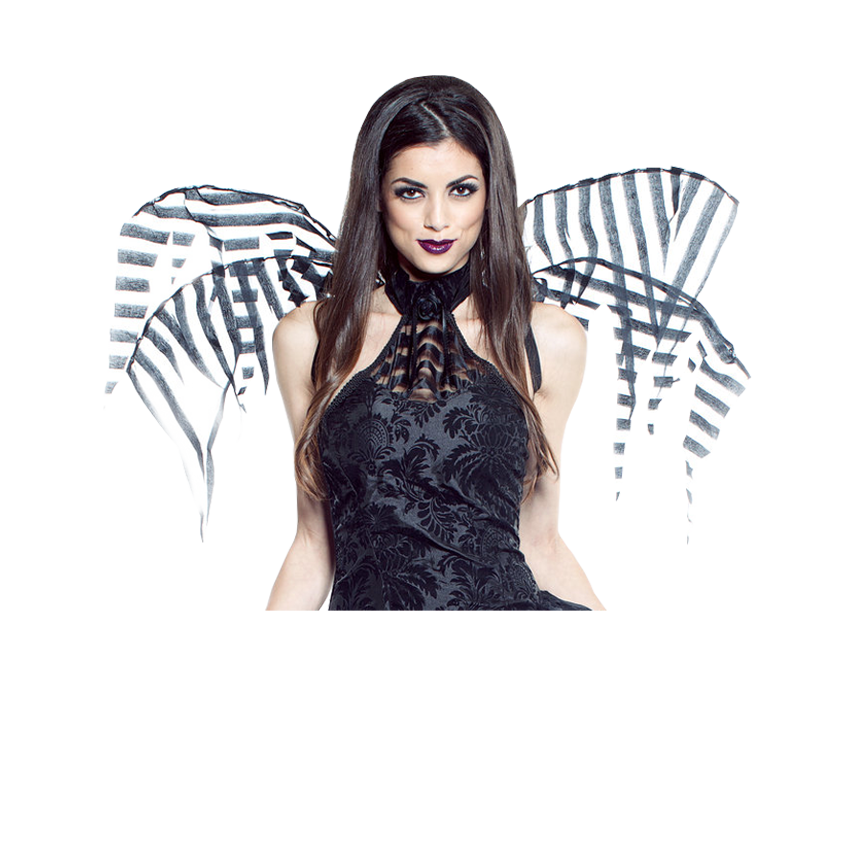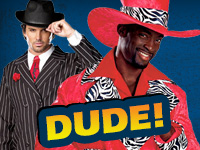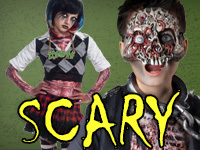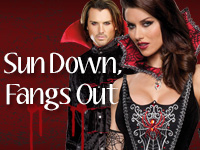-
Adult Costumes
-
Shop Adult Costumes
Featured Categories
-
-
Kids Costumes
-
Shop Kids Costumes
Featured Categories
- Popular Themes
-
Shop Popular Themes
Featured Categories
- Accessories
- Sale & Clearance
- About Us
- Help
- My Account
- 1-877-595-1031
- Popular Themes
-
History of Halloween
History of Halloween
The History Of Halloween
Halloween Costumes, carving the Jack o'Lantern, and trick or treating are all part of the fantastic celebration of Halloween, but what does it all mean? Most people understand that Halloween originated from superstitions and fear of the dead, but even those superstitions had a beginning.
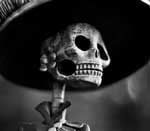
Day of the Dead
Halloween, All Hallows Eve, and Beggars Night originated as the festival of Samhain among the Celts of ancient Britain and Ireland. Traditional activities include trick-or-treating, bonfires, costume parties, visiting "haunted houses" and carving jack-o-lanterns. It is the night before All Saints or All Souls Day, which is observed on November 1st, and was considered the end of the summer and harvest season. The ancient Celts believed that this was the time were the division between the living and dead became blurred and ghosts and spirits were free to wander as they wished. From these beliefs different aspects of Halloween were established. Some people would set bonfires on hilltops for relighting their hearth fires for the winter and to frighten away evil spirits, while others would wear masks when they left their homes after dark so that the ghosts would mistake them for other spirits. This is how witches, hobgoblins, fairies, and demons came to be associated with the day. Celts would put out food offering to appease spirits they thought might inflict suffering and violence in the hopes of satisfying the spirits so they would return to the other world.
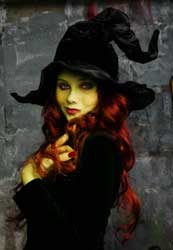
Popular Witch Costume
Early parades and festivals in England also date back to this time. Trick-or-treating resembles the late medieval practice of "souling. During this time poor citizens would beg for food and they would be given a pastry known as soul cakes in return for them promising to pray for the familys dead relatives. This was encouraged to replace the practice of leaving food and wine for the roaming spirits.
Immigrants brought their Halloween traditions to America slowly, but it wasnt until the mid 1800s when millions of Irish immigrants fled to the Americas that Halloween was popularized as a national celebration. Americans began to dress in costume and go house to house asking for food or money, which is now known as trick or treating. Halloween quickly became an excuse for young and old alike to cause trouble and mischief, and so by the late 1800s there was a move to turn Halloween into more of a community and family event than a prank-filled celebration of the dead and magical. Parties would be held in community centers with focus on games, food, and festivities. Costumes were to be more about fun and less about witches and ghosts.
While the move to lessen Halloweens grotesque and raucous nature did not work completely, it did help to remove most of the superstition from the holiday and turn the celebration into a secular excuse to dress in costume and have a party.
Jack OLantern
The legend of the Jack OLantern is little known, although the ritual of Pumpkin Carving is part of American Halloween traditions. Pumpkins and Jack OLanterns adorn decks, stairs, and kitchens throughout the United States, and children huddle around as dads carve intricate features into pumpkins, turning them slowly into Jack OLanterns that will be lit from within.
Stingy Jack is an Irish myth about a man who welcomed the Devil for a drink one night, and tricked the Devil into turning into a coin to pay for the drinks. Jack stuck the coin into his pocket with a silver cross to trap the Devil, but eventually released him, just to trick the devil again. When Jack dies, God did not want him in Heaven, and the devil was too mad to accept him into Hell. The devil sent Jack away with only a burning coal to light his way, and according to legend, Jack placed the coal inside a carved-out turnip and has been carrying the turnip ever since.
People began to carve Jack of the Lanterns or Jack oLanterns in an effort to ward off wandering spirits such as Stingy Jacks. Early Jack oLanterns were carved in potatoes and turnips, but the pumpkin offered more carving surface and thus became the Halloween favorite.
